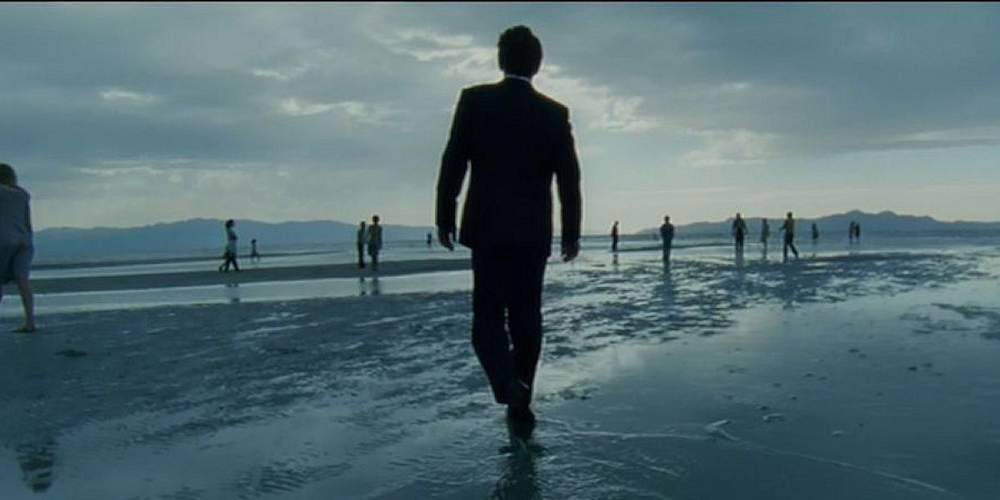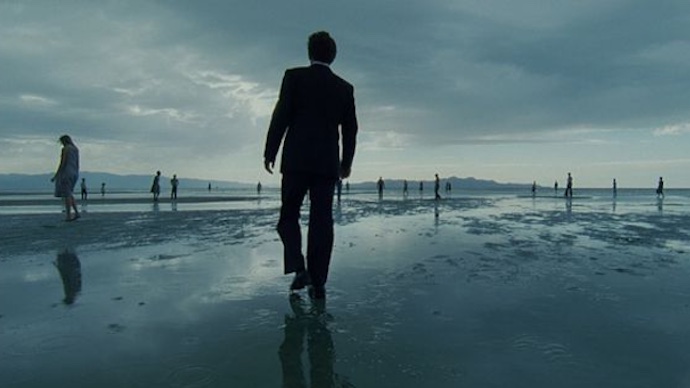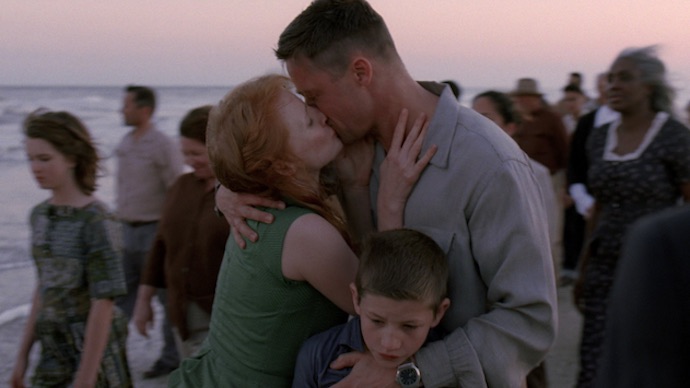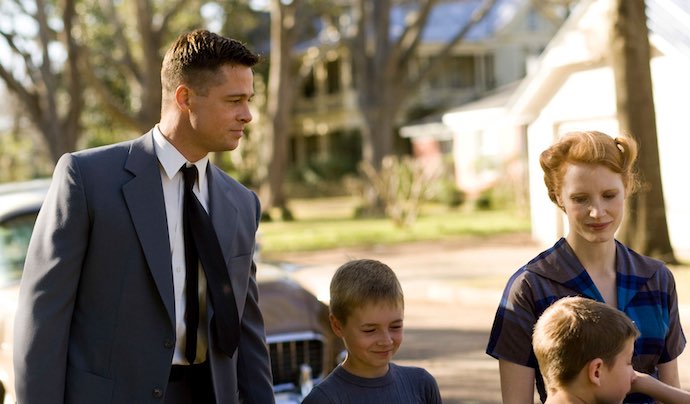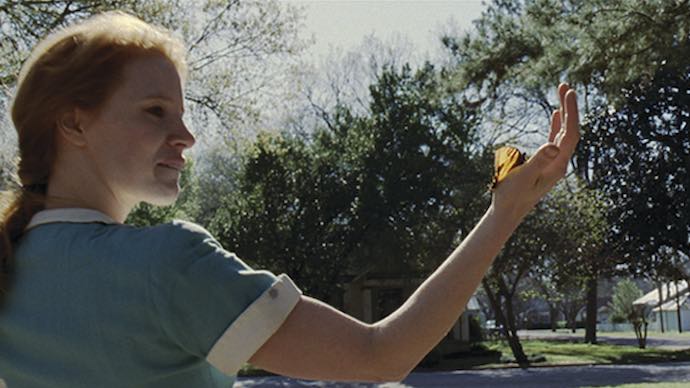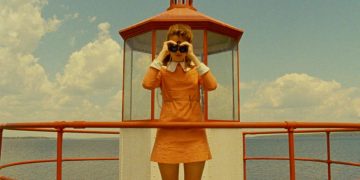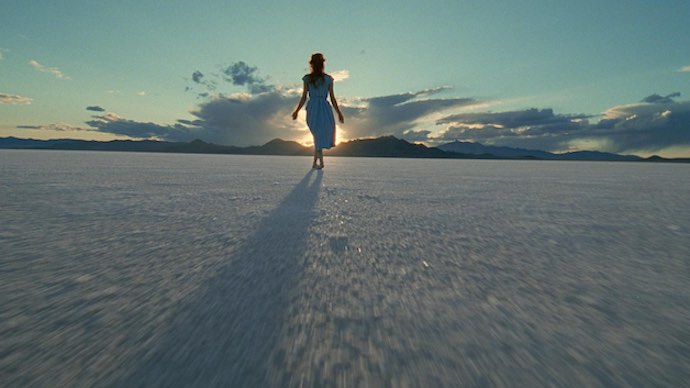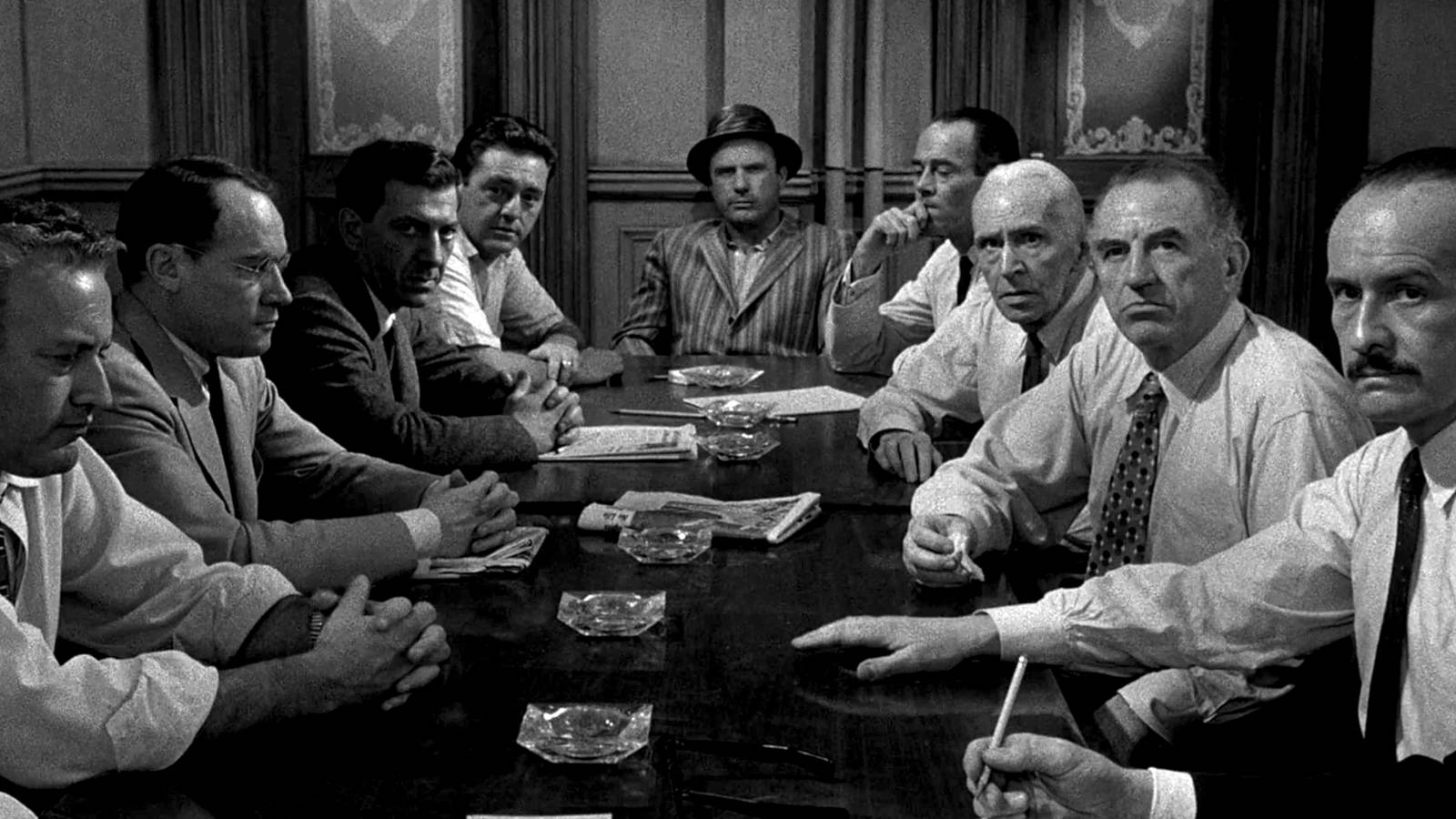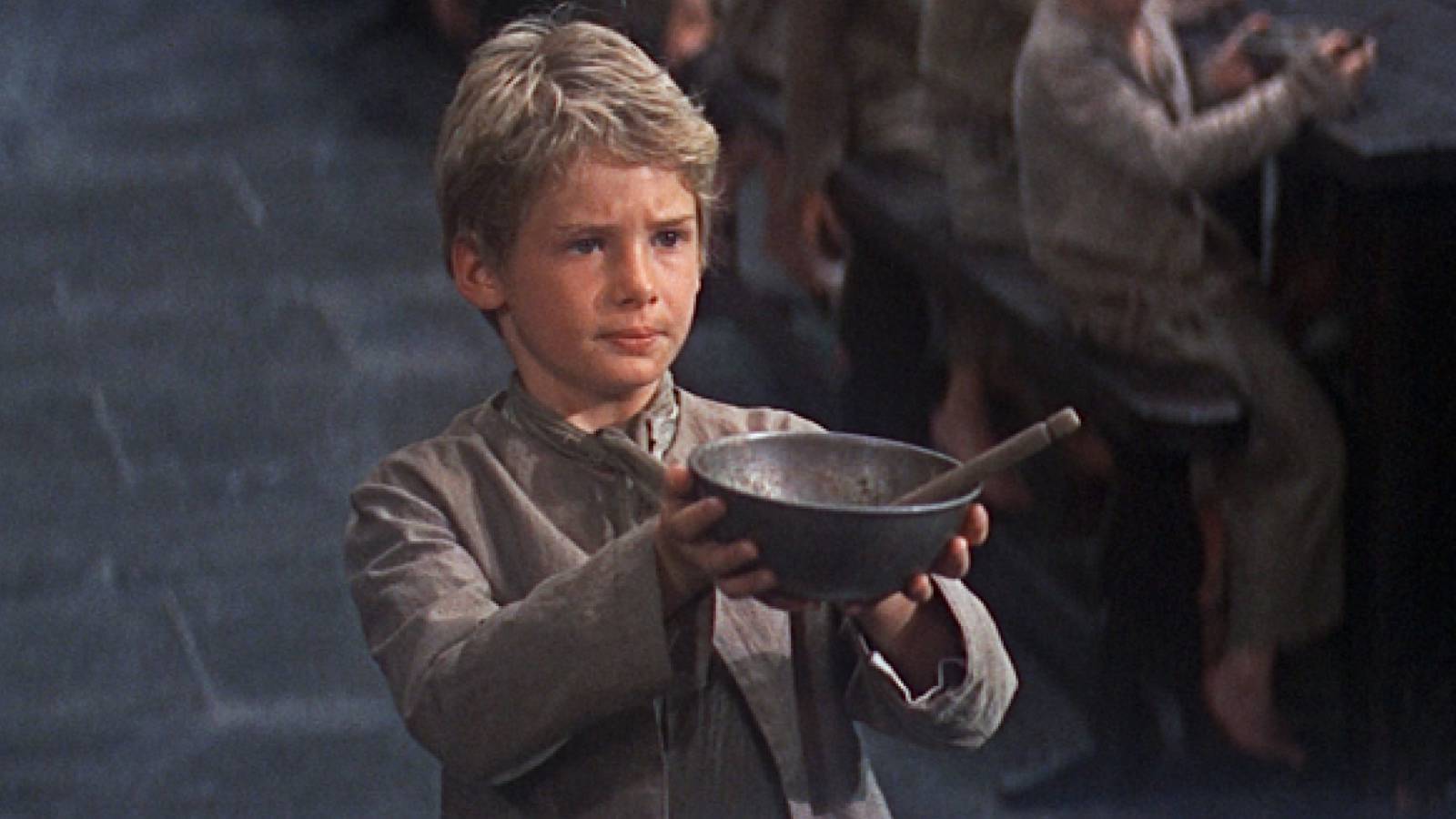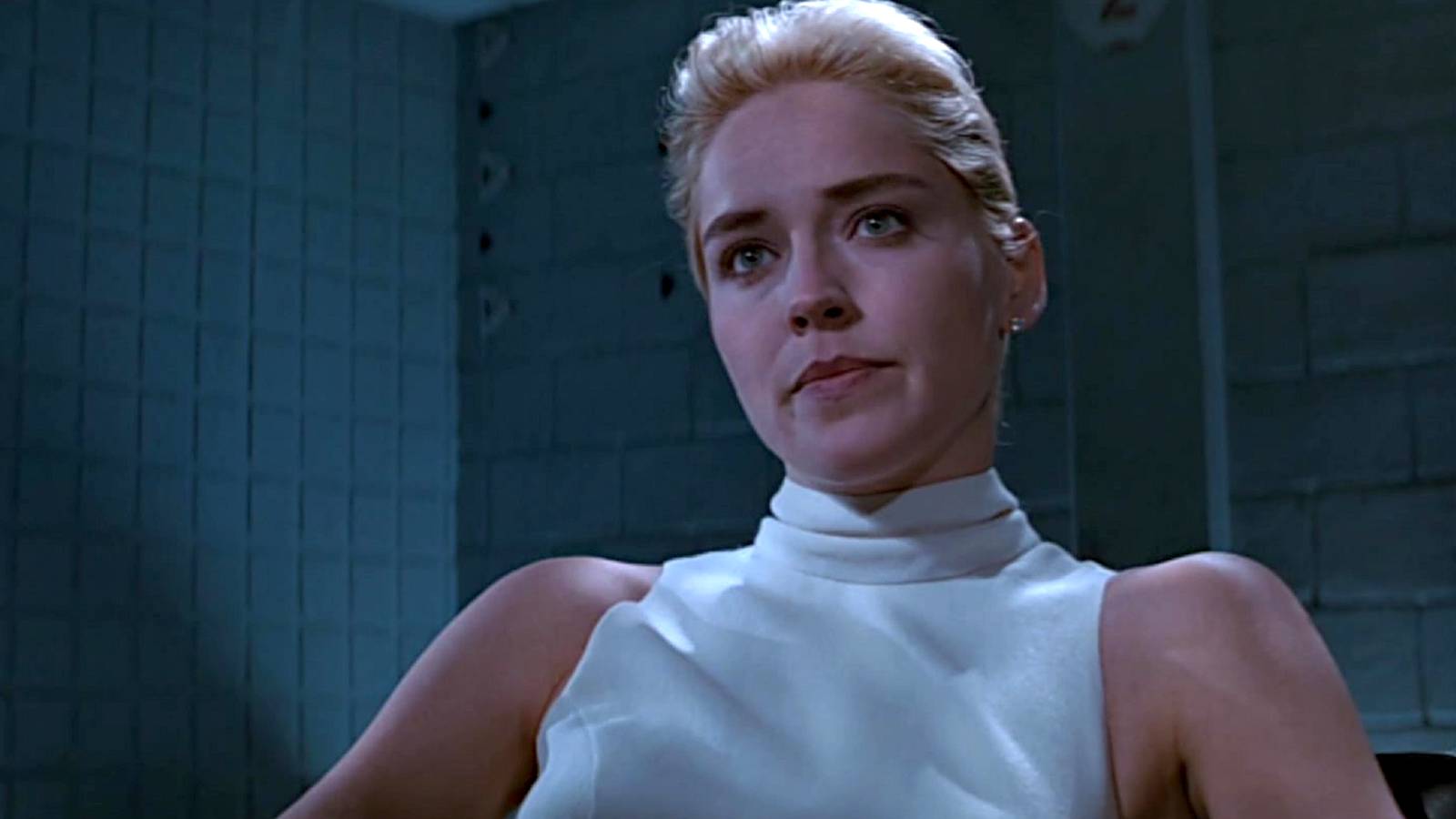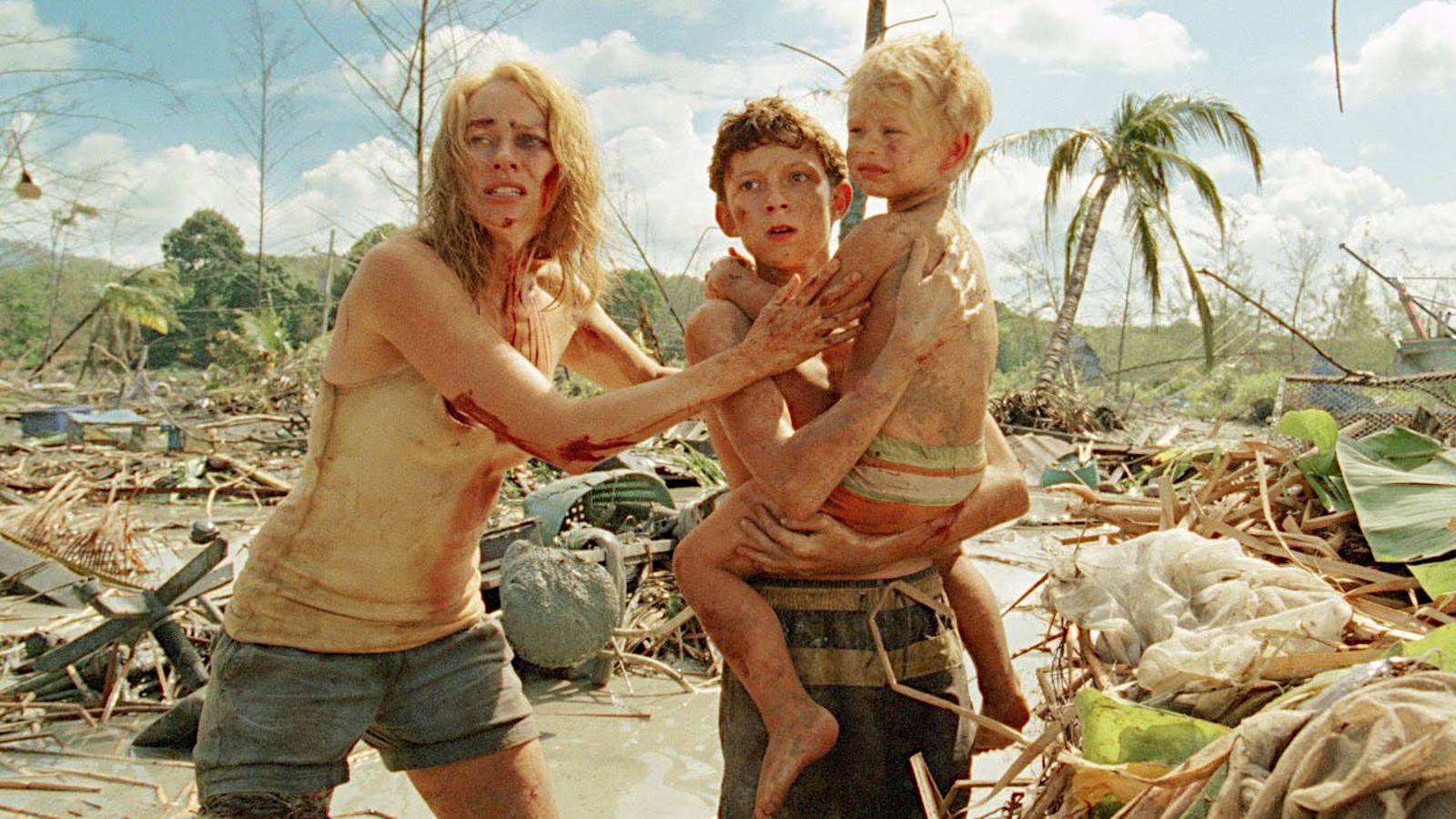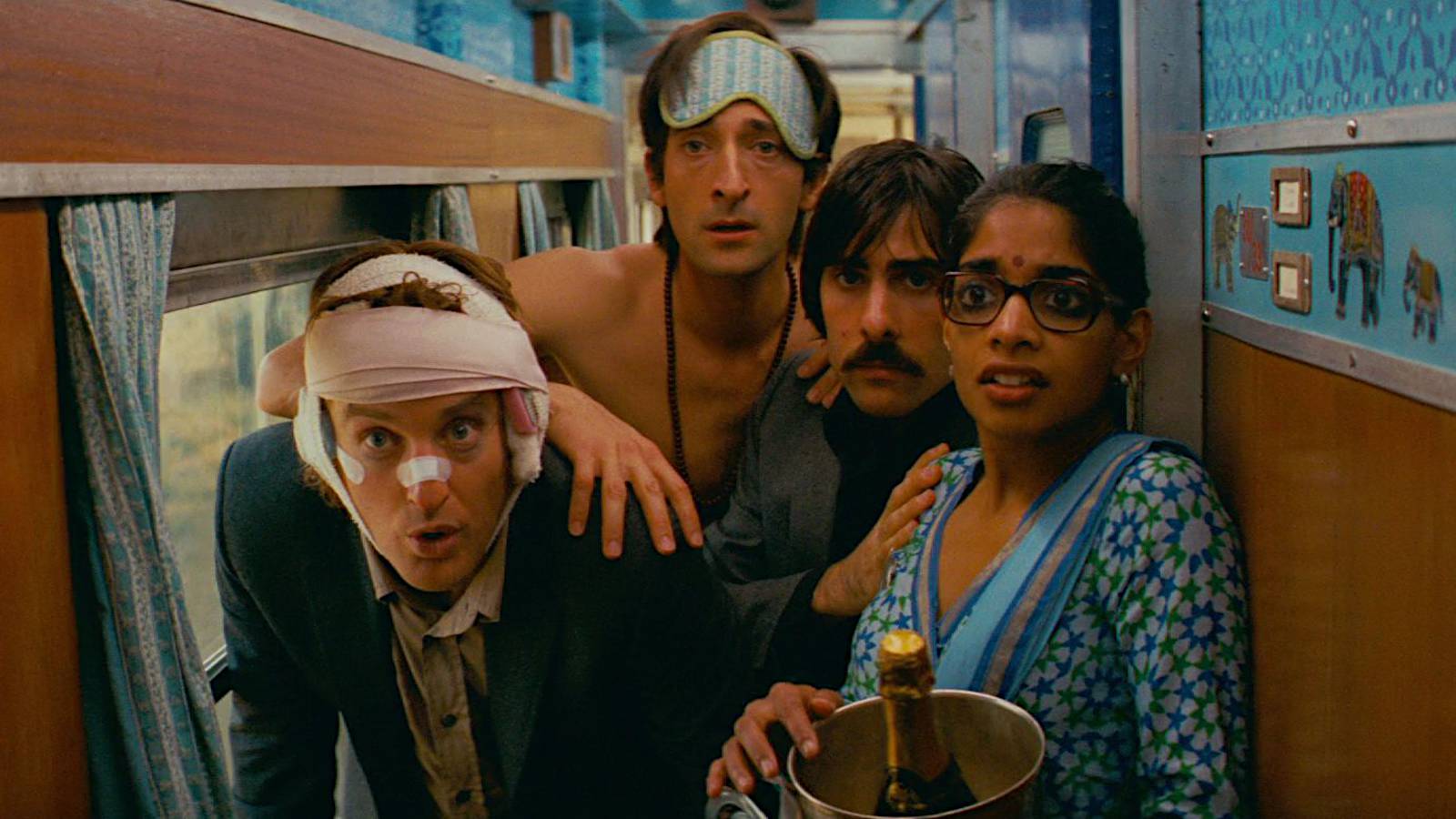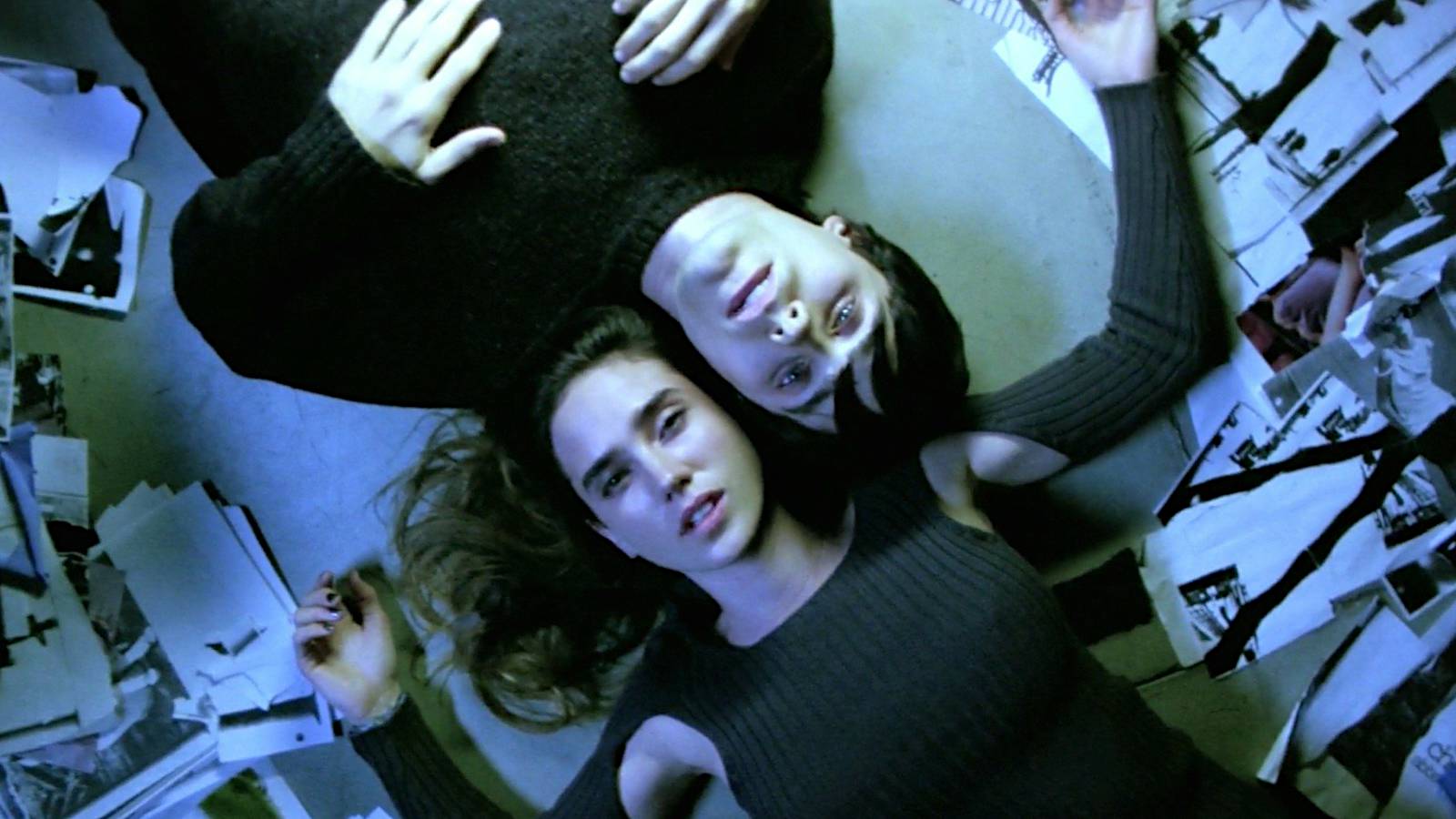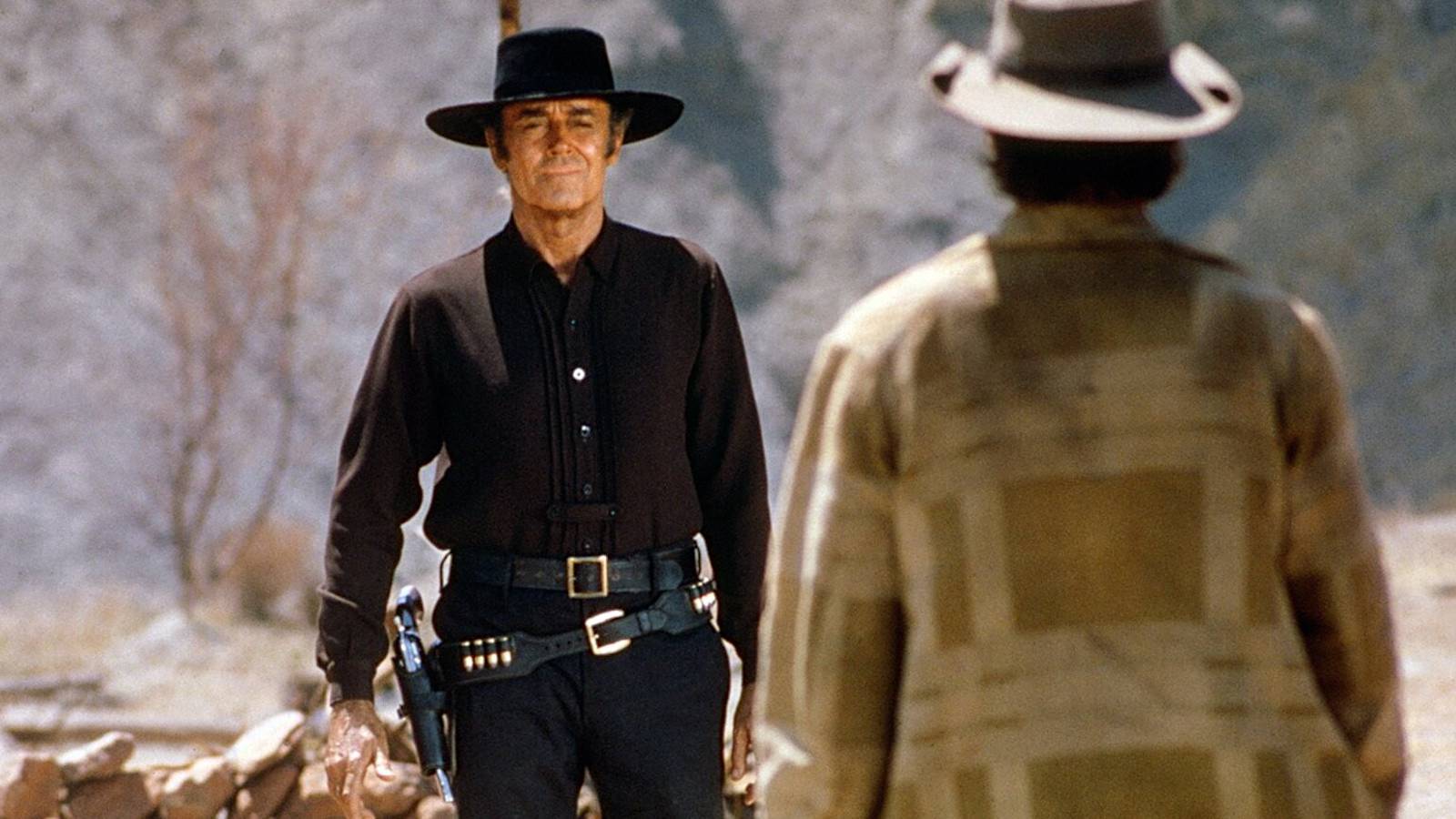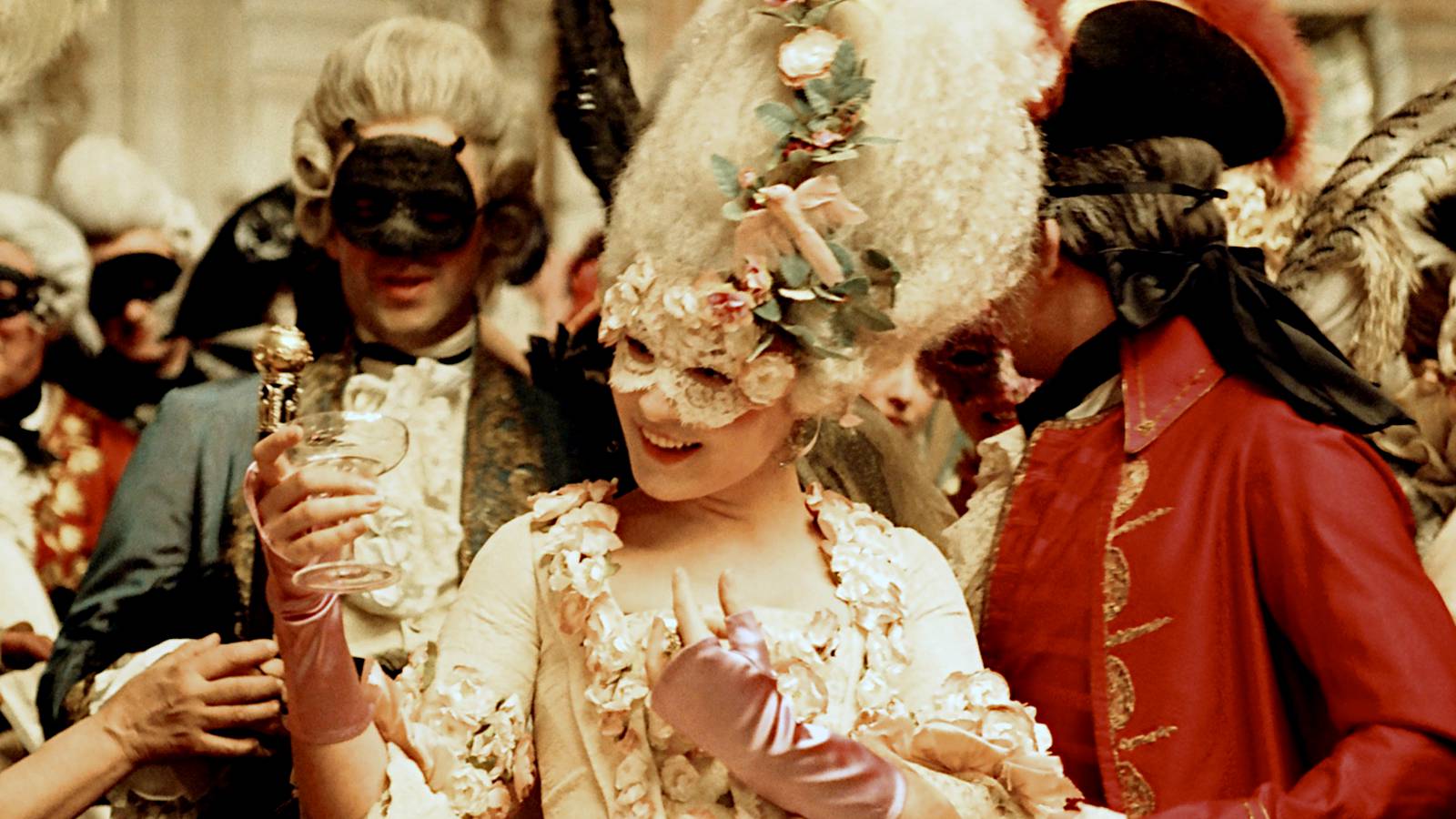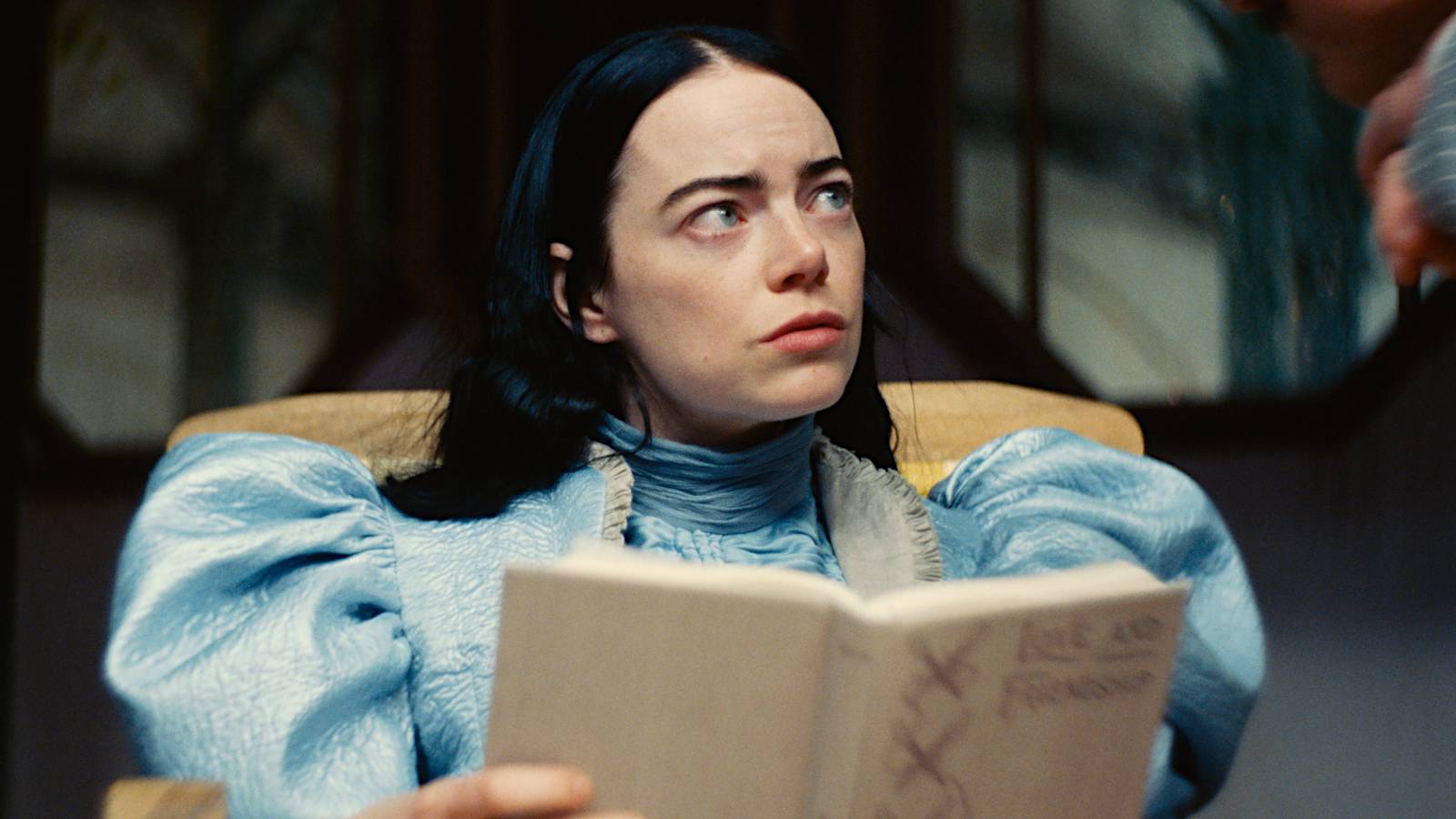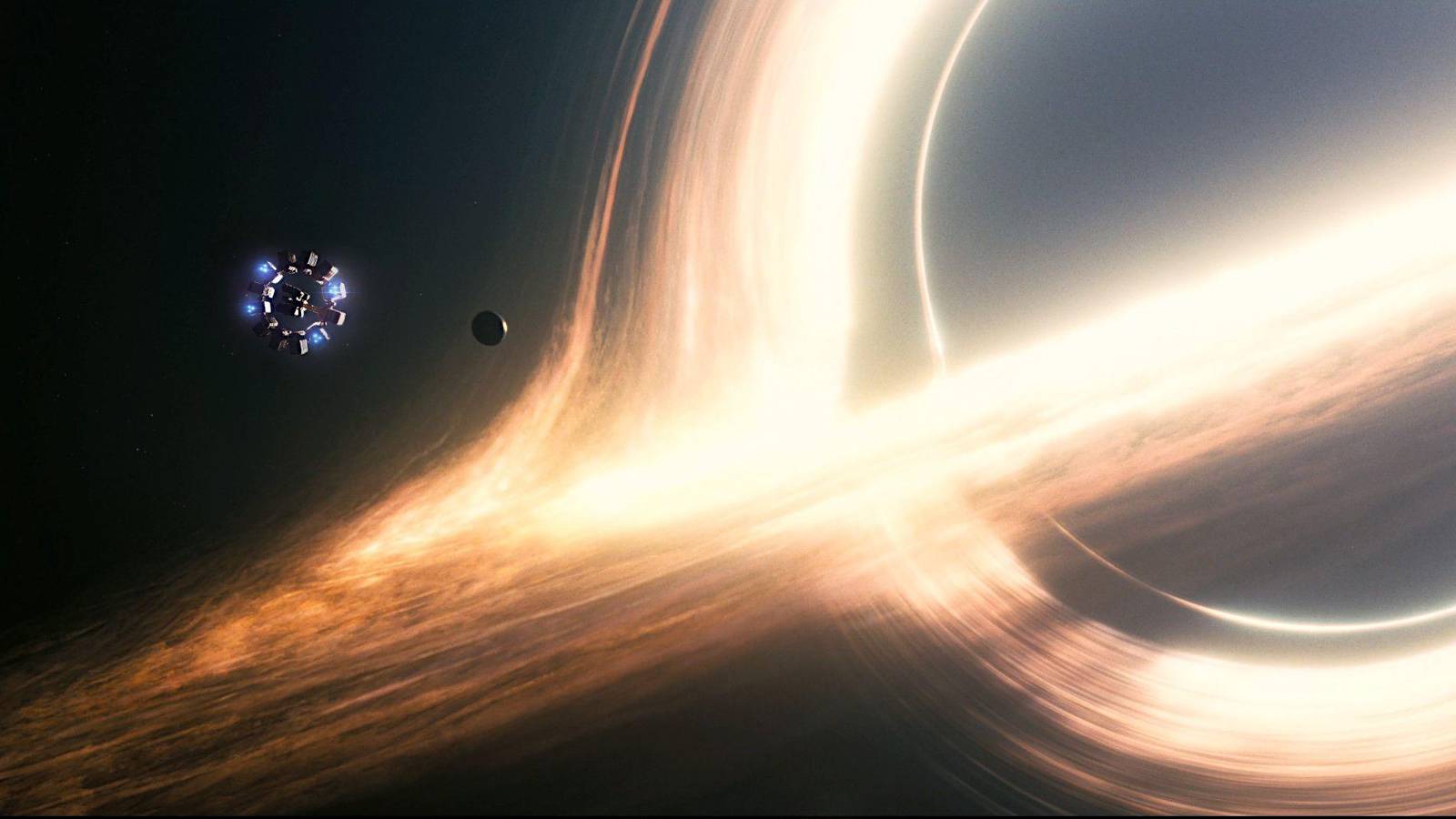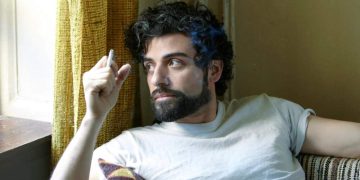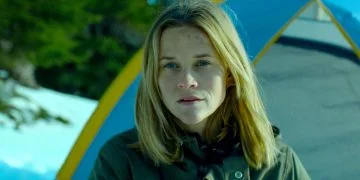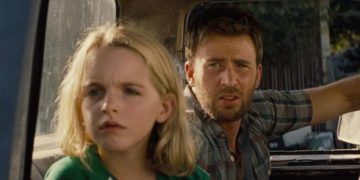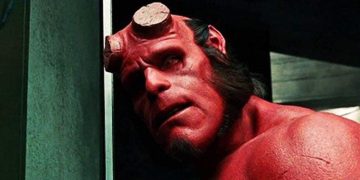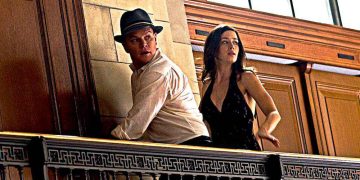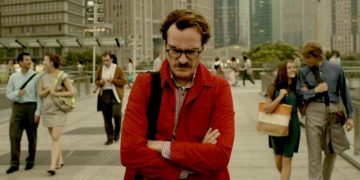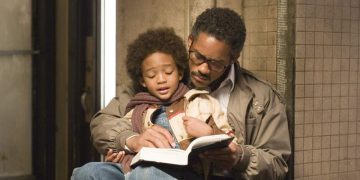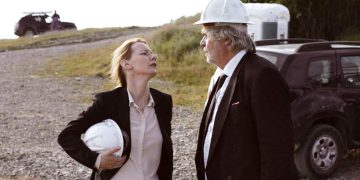1. Terrence Malick’s Ambition
Scope is never a problem that Terrence Malick has lacked. His films are genuinely unique to the filmmaker himself, and one of his bestowed gifts is his clairvoyance.
The reason why so many of his films become acclaimed long after their initial release is that Malick doesn’t concern himself with contemporary tastes or styles, at least to any significant degree.
In the case ofThe Tree of Life, his forward-thinking manner and his shunning of contemporary tastes is a reminder of Malick’s perfectly formed intent when going to work on a new picture.
Though the scale of production and filming was small—Malick often chooses to work on a largely free-form basis—the magic is in seeing what happens when he allows his actors to wander and roam with a camera following. His ambition is broad and without a sense of compromise.
To have the sheer arrogance to make a motion picture that showcases “the life of the universe”—and wrap it completely around the story of a lower-middle-class family in Texas during the 1960s—is where Malick stands apart from his peers.
Simply put, Malick is one of the last (if not the last entirely) bastion filmmakers capable of filmmaking on this level, as the people Malick drew inspiration from—such as Stanley Kubrick—have all since passed on.
2. The Flawless Performances of Brad Pitt and Jessica Chastain
WithThe Tree of Lifeand its unique thematic tones, the performances might appear to be secondary to the bold narrative that Malick crafts.
A statement that might sound like the ramblings of critical waffle, but
But Terrence Malick has a history of reworking films to focus on performances that weren’t even supposed to be leading roles. This inclination showcases how Malick doesn’t care much for any individual’s performance like most other filmmakers do.
As further proof of that, you can read up on Adrien Brody and George Clooney’s experiences onThe Thin Red Line, whose starring roles were drastically reduced in the film’s final cut.
WithThe Tree of Life, two things happened: the performance of Sean Penn became an edited-down and borderline-extended-cameo appearance, while the work of Brad Pitt and Jessica Chastain challenged the filmmaker and the audience into wanting to see more of them.
Especially Chastain, who exudes a long exhale of calm with the undercurrent of a woman near breaking point.
Meanwhile, Brad Pitt’s tyrannical father is a man burdened by the hopes and values of a different generation that are falling away around him, as 1950s and 1960s toxic masculinity grips him tighter with each breath.
3. The Delicately Balanced Story
The Tree of Lifehas a linear story running through it, though the layers on which it becomes more meaningful—with Malick’s tones of theology and nature applied—elevate the film to a different plane.
In essence, when we pull away from the jaw-dropping “birth of the universe and life” sequence, the story follows the suburban O’Brien family who are living in Waco, Texas.
The delicate dynamic of the O’Brien family and how they represent the flow of life as a whole is a captivating experience built by Malick.
While the patriarchal head of the family looms over his sons' lives like a noose, the matriarch calms the waters and provides shelter during the raging storm of the father’s bitterness.
The film finds a balance between grace (Mrs. O’Brien) and nature (Mr. O’Brien). Both are contextualized in the life of their son, Jack, who grows up through the film and reaches Sean Penn’s architect, then remembering his youth, scarred by the trauma it imposed upon him.
4. Emmanuel Lubezki’s Cinematography
Though he evidently hated working with Terrence Malick onThe New World, Christopher Plummer still once remarked about that Terrence Malick film—that it was “a painting.”
Usually noted for their exceptional cinematography, Malick’s films engage audiences with every single frame. Somehow, he manages to master the look of nature, using every opportunity to draw the eye to multiple parts of the screen simultaneously, with each shot flowing serenely into the next.
This is true ofThe Tree of Lifeas well, which saw Emmanual “Chivo” Lubezki nominated for the Academy Award for Best Cinematography for his brilliant work on the film.
Lubezki’s presence on Malick’s set heightens the director’s already vivid cinematic style, providing beauty that few others can translate across the screen as instinctively as they can when paired together.
Many of the sequences are the work of Malick and Lubezki’s free-form filming styles, and it’s best witnessed in Jessica Chastain’s butterfly sequence, which had the crew walking down a road and following Chastain as she gently held it in her hands.
Related:What is cinematography? Movies with the best cinematography
5. The Artistic Intent
Upon seeing the film, the late Roger Ebert stated ofThe Tree of Life: “There were once several directors who yearned to make no less than a masterpiece, but now there are only a few. [Terrence Malick] has stayed true to that hope ever since his first feature in 1973.”
The years have shown thatThe Tree of Lifewould become Malick’s last truly evocative motion picture, with his subsequent efforts not quite reaching the same heights of his first five films.
However, in an era dominated by superhero popcorn flicks and big-budget blockbusters,The Tree of Liferepresents a dying style from a generation slowly passing. It’s a painting shaped and crafted by Malick as Picasso worked with a brush—a work of perfect art.
Read next:The best Terrence Malick movie masterpieces



![]()
